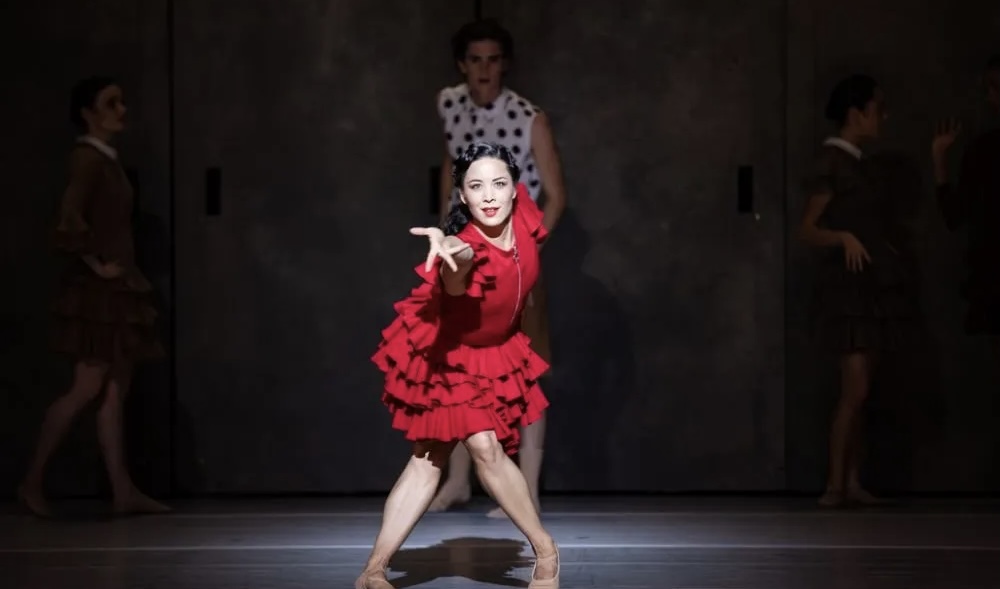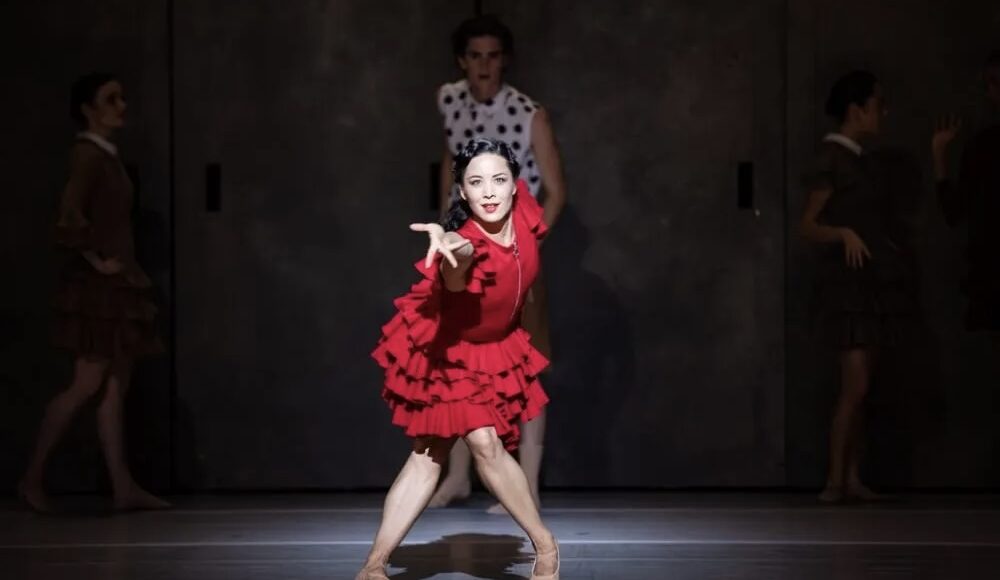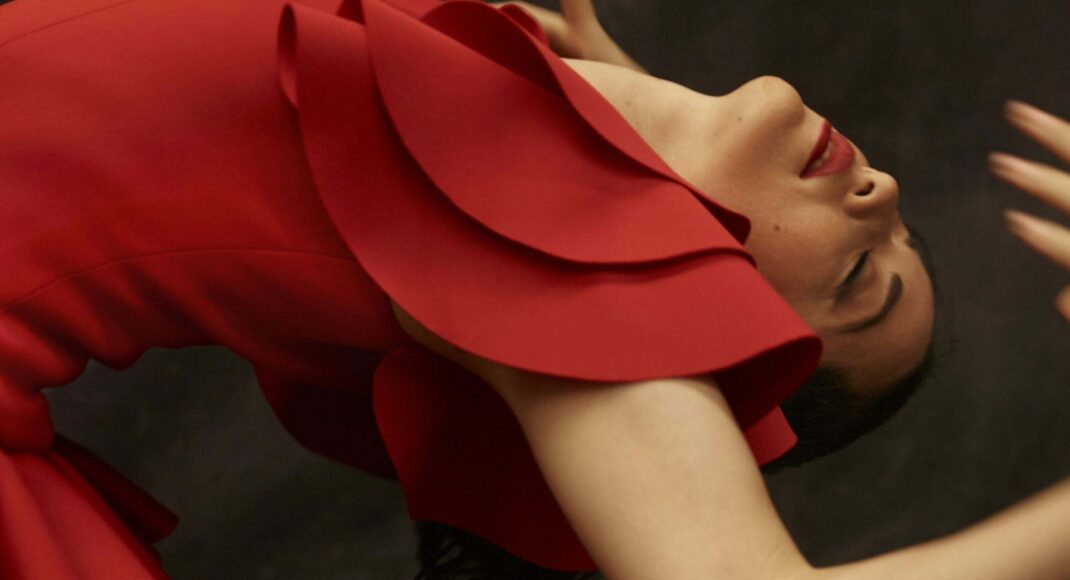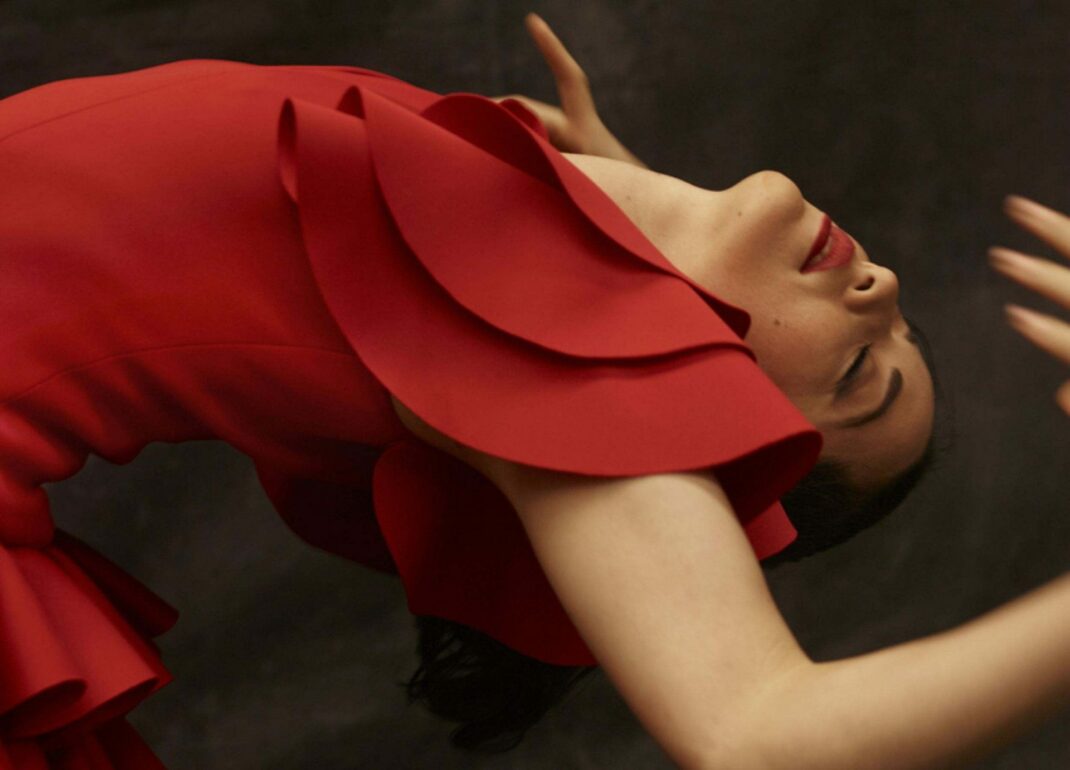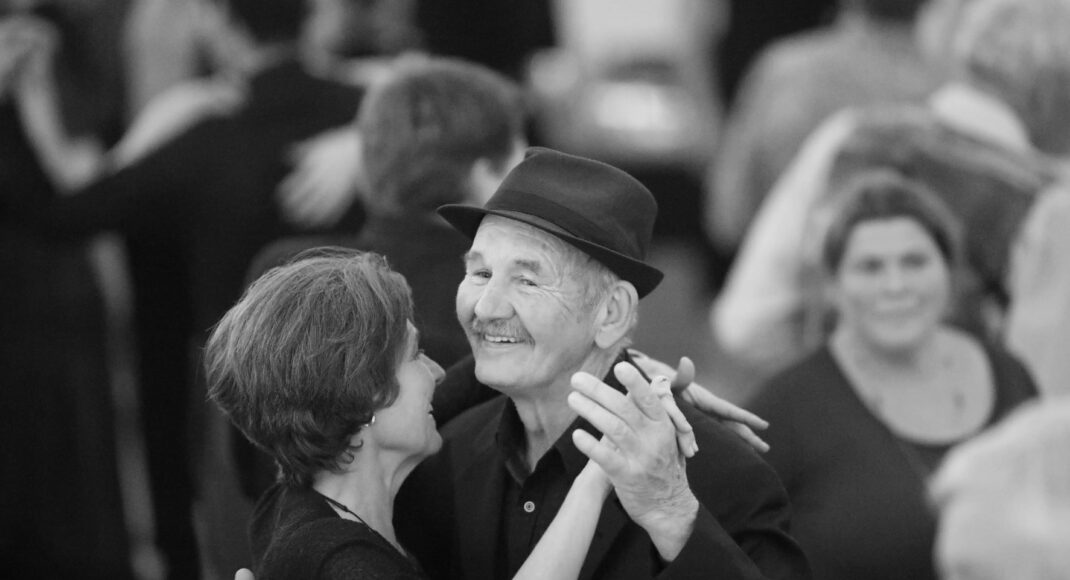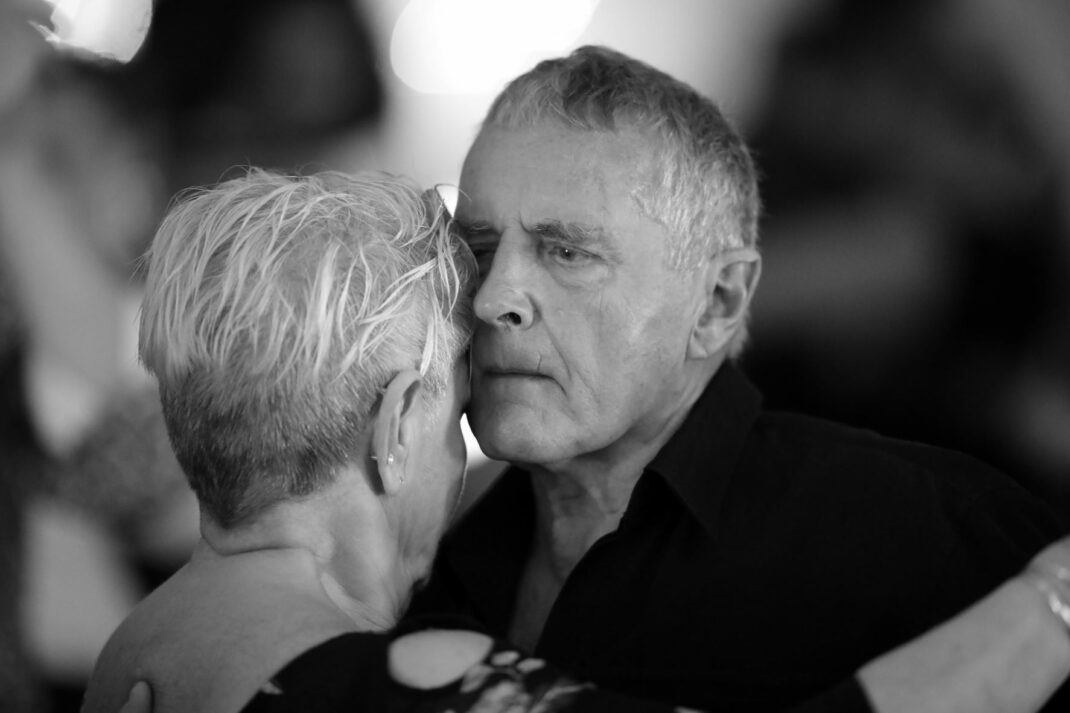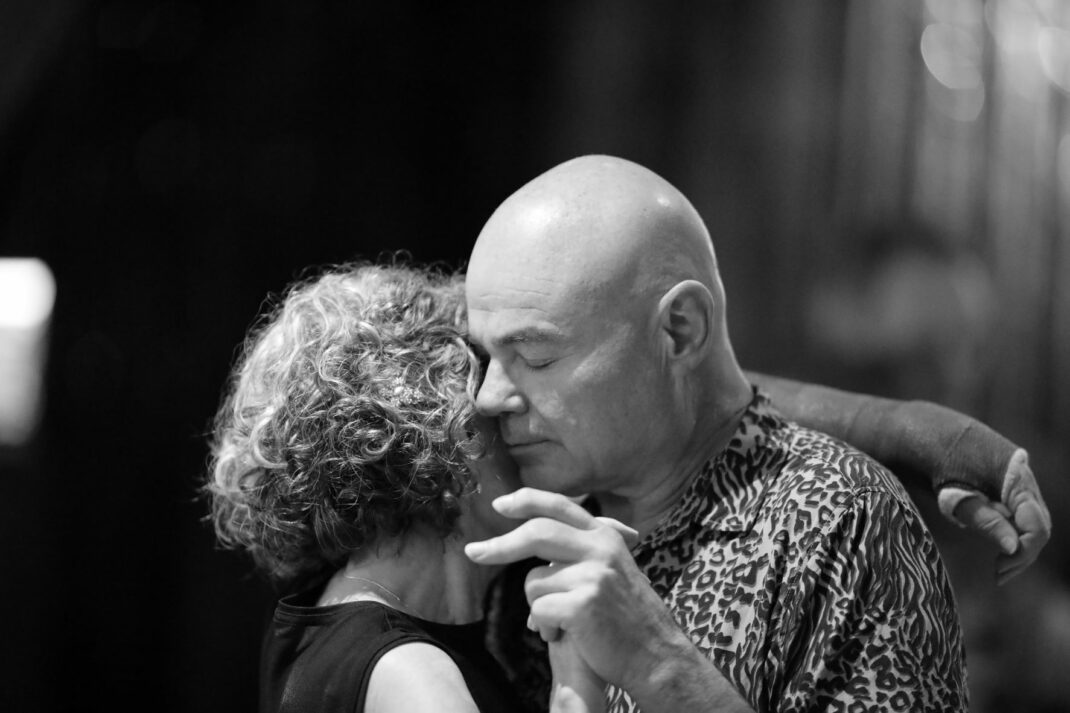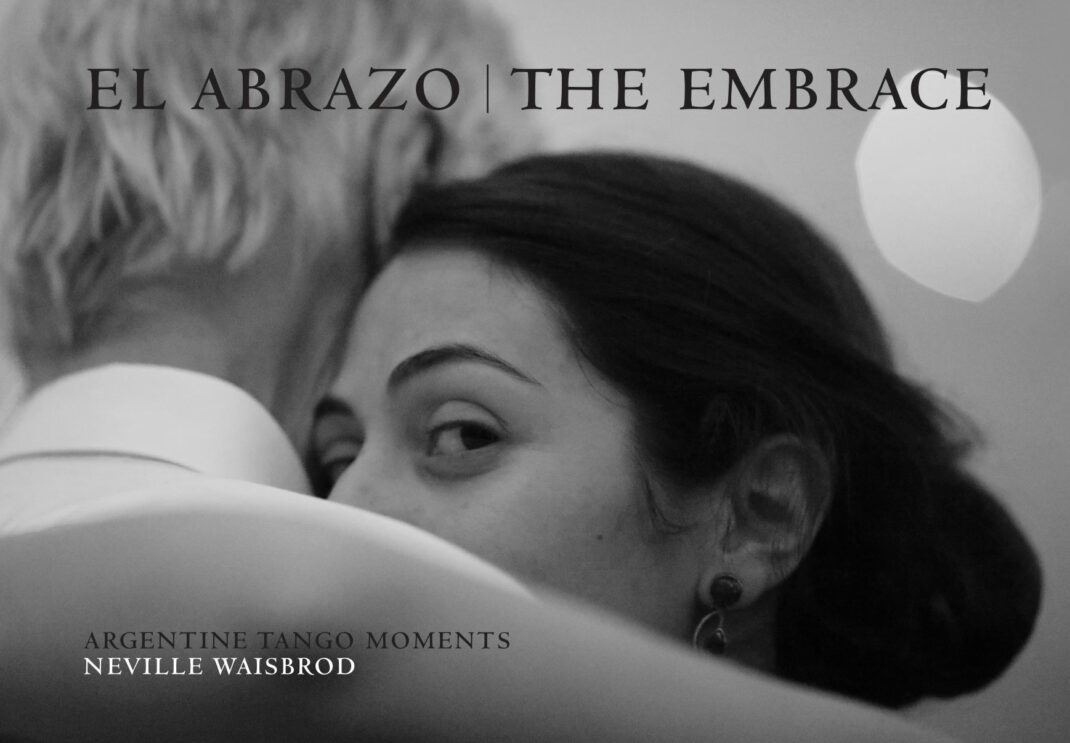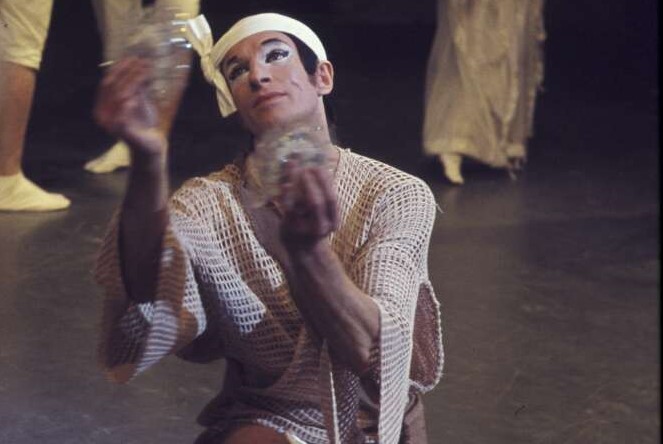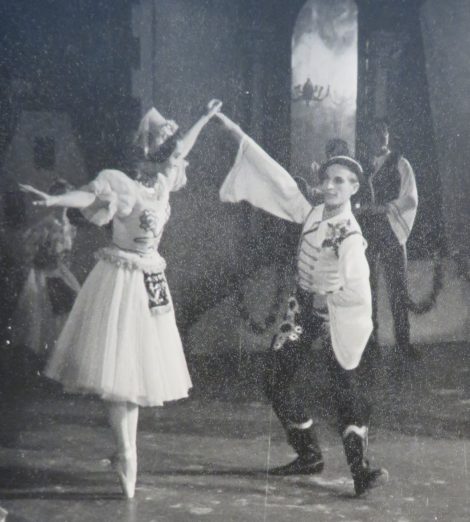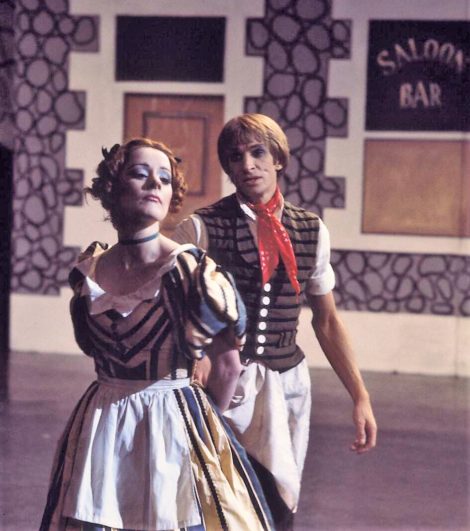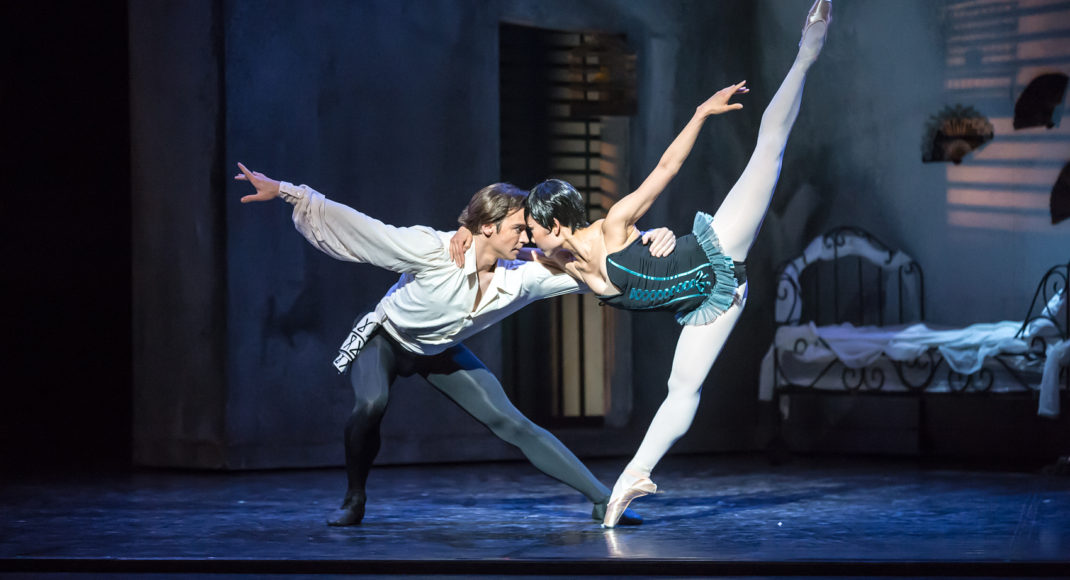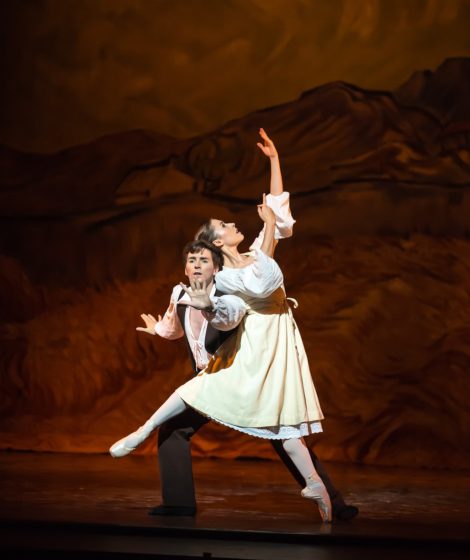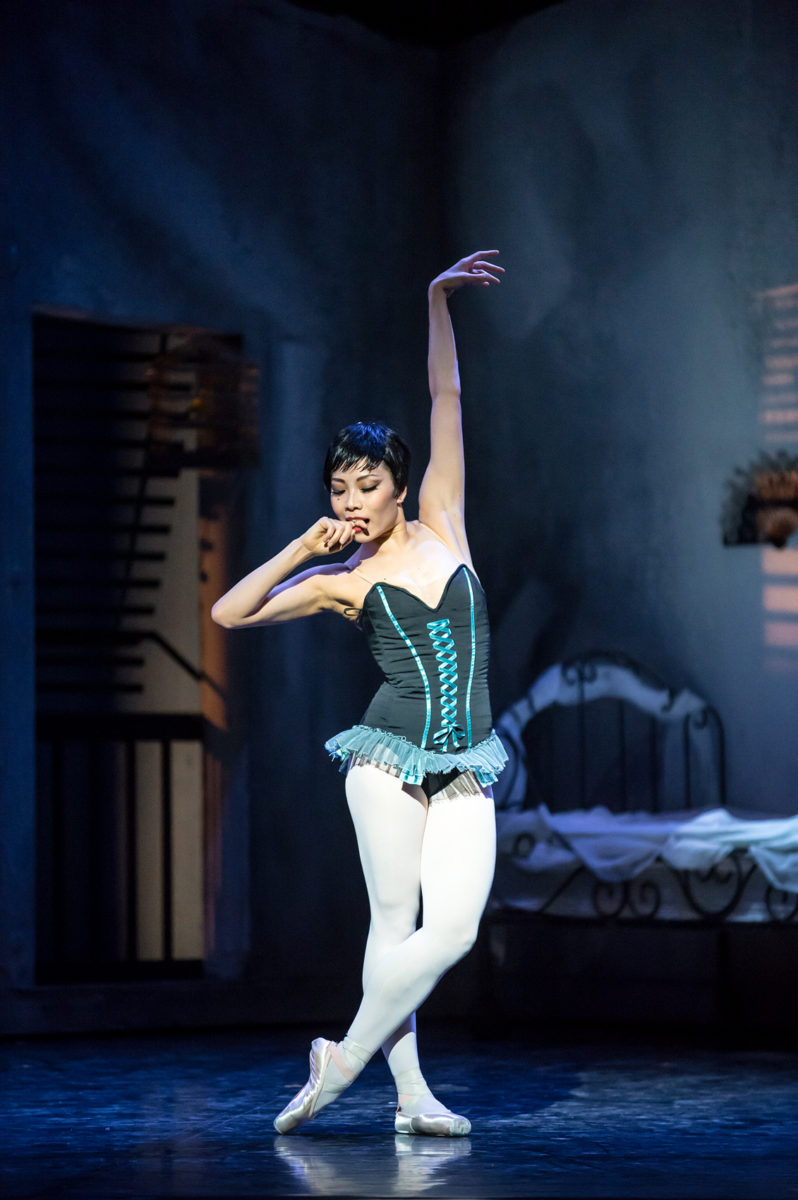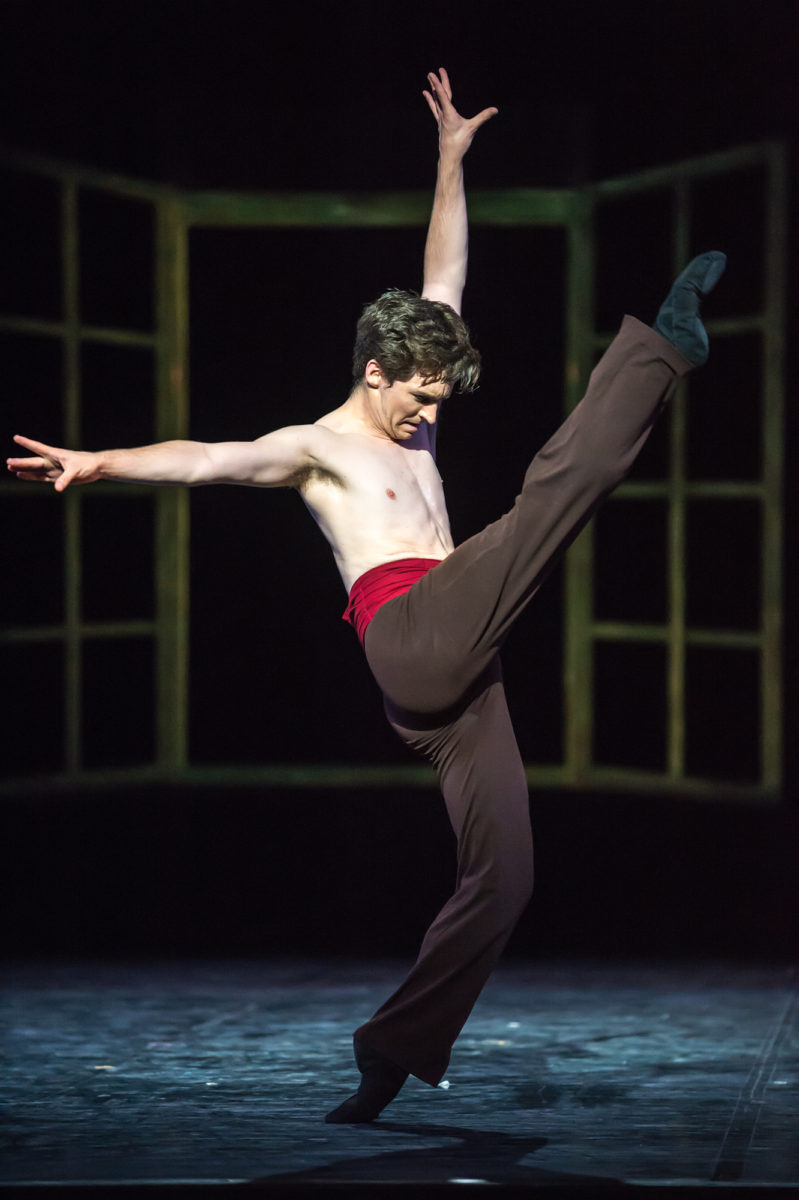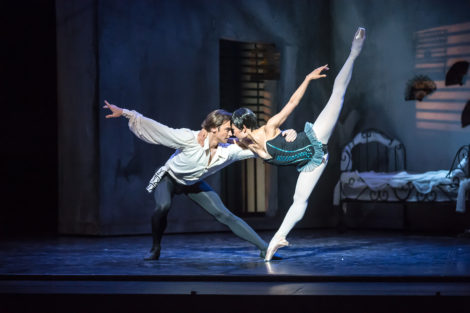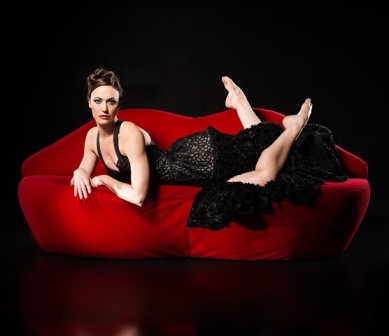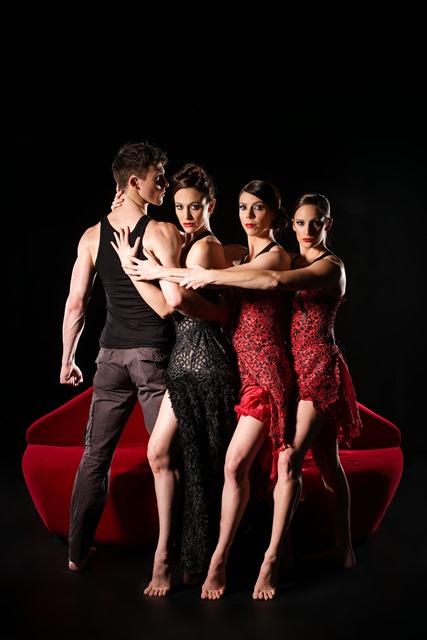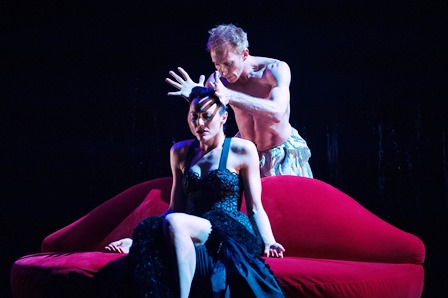- The Australian Ballet and Canberra
In September the Australian Ballet announced its 2025 season and, amazingly, the season includes a visit to Canberra. The company has largely avoided the national capital for years now with various reasons given, none of which ever mentions a major, contentious situation that developed relating to orchestral involvement. That aside, it is also amazing that the company is bringing to Canberra Johan Inger’s magnificent Carmen rather than an ‘old favourite’ like The Merry Widow. See this link for my review of Inger’s production of Carmen from the Australian Ballet’s 2024 Sydney season.
The Canberra Symphony Orchestra will accompany the performances, which pushes the contentious issue alluded to above into the background, thankfully. Here’s hoping we are back on track and that the national company will continue to include, frequently, the national capital in its annual seasons. See the company’s website for details of the complete 2025 season.
- Akira Isogawa
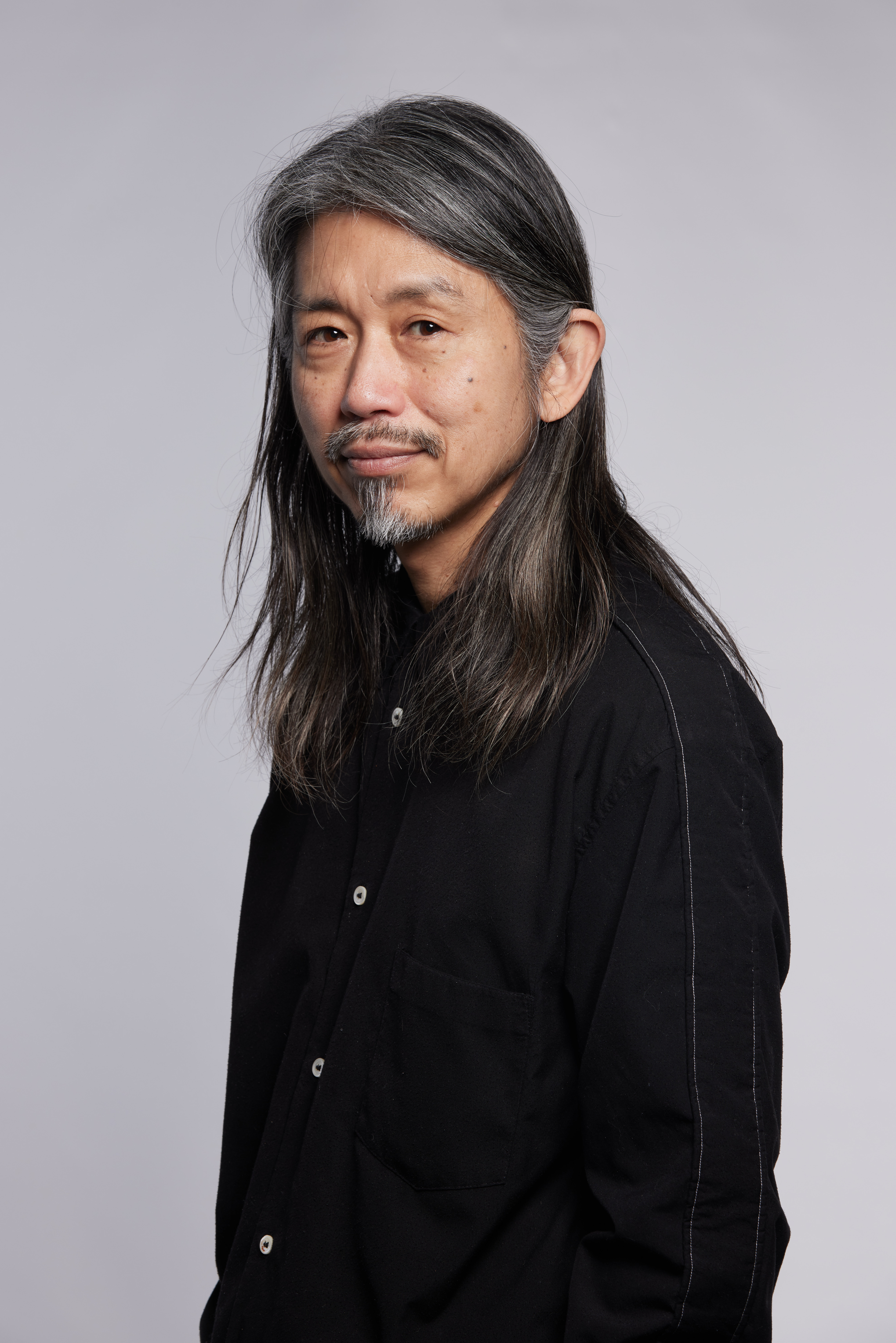
It was a thrill to see designer Akira Isogawa collaborating again with Melanie Lane on Love Lock, Lane’s recent work for Sydney Dance Company. Isogawa’s previous collaborations with Lane have included Slow Haunt for West Australian Ballet in 2021, and MOUNTAIN, an independent work from 2023.
Portrait of Akira Isogawa, 2024. Photo: © Pedro Greig
Isogawa has also worked often with Graeme Murphy, both for works Murphy made for Sydney Dance Company while that company’s artistic director, and for Murphy’s production of Romeo and Juliet for the Australian Ballet. Some of Isogawa’s distinctive and intricate costumes, including items for Romeo and Juliet, were seen close-up in an exhibition at the National Gallery of Victoria back in 2013. See this link.
See also the tag Akira Isogawa
- Vale Edith Campbell (1933-2024)
I was sorry to hear of the death of Edith Campbell in Wellington on 24 September. I first met Edith in 2018 when I was in Wellington to deliver the first Russell Kerr Lecture, in which I focused on the work of designer Kristian Fredrikson. I talked a little in that lecture about productions by Opera-Technique Inc., the Wellington-based operetta company for which Fredrikson created some of his earliest designs, and in which Edith appeared as a performer.
The day after the lecture Edith showed me some material from Opera-Technique Inc. As I was in the throes of putting together my book about Fredrikson, Edith’s material helped enormously in filling in details about Fredrikson’s early work. I loved talking to Edith and am forever grateful for the help she gave me. After the book was published, Edith wrote about it and I published on this website what she had written. Read it at this link.
Portrait of Edith Campbell, ca. 2021. Photo: © Loralee Hyde

- Chicago. The musical
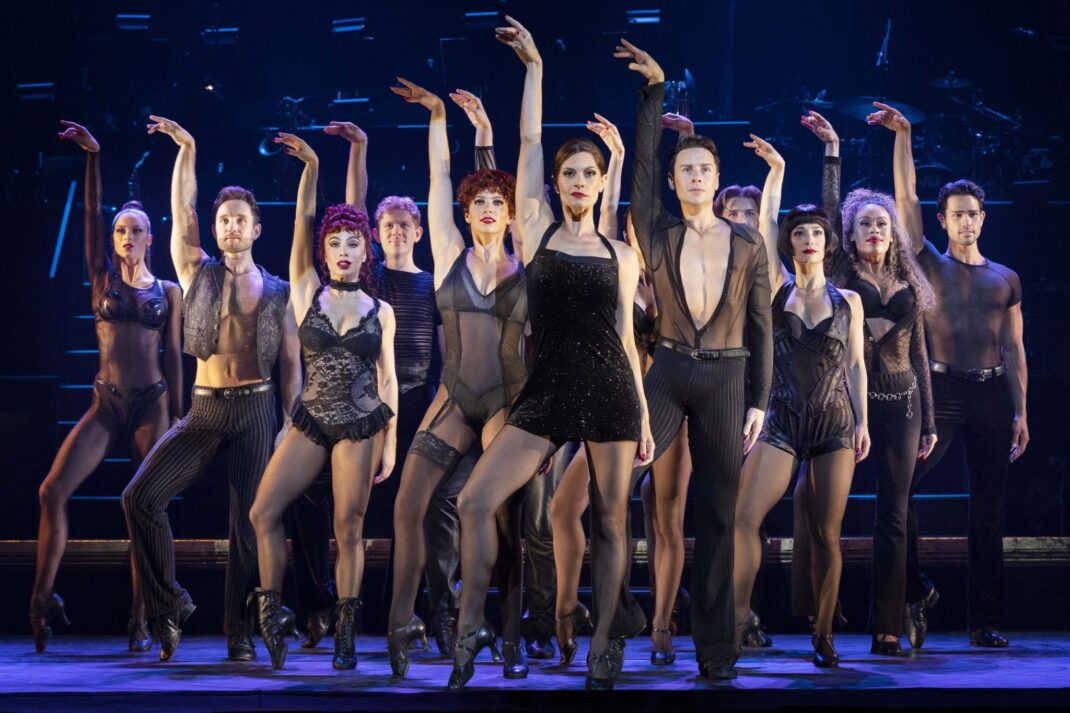
I was planning to review Chicago, which played at the Canberra Theatre Centre for a large part of September. But in the end I couldn’t bring myself to do it. For one thing (amongst others), I wondered how much of the text (spoken and sung) was being lip-synced. The voices sounded quite American in accent and I couldn’t believe that the Australian cast had those accents. Perhaps that’s the way things happen these days? But it’s not quite what I find satisfying in a theatrical presentation.
- Press for September 2024
– ‘Dance triumph with a Canberra connection.’ Review of Twofold, Sydney Dance Company. CBR City News, 19 September 2024. Online at this link.
Michelle Potter, 30 September 2024
Featured image: Jill Ogai as Carmen. The Australian Ballet, 2024. Photo: © Daniel Boud
